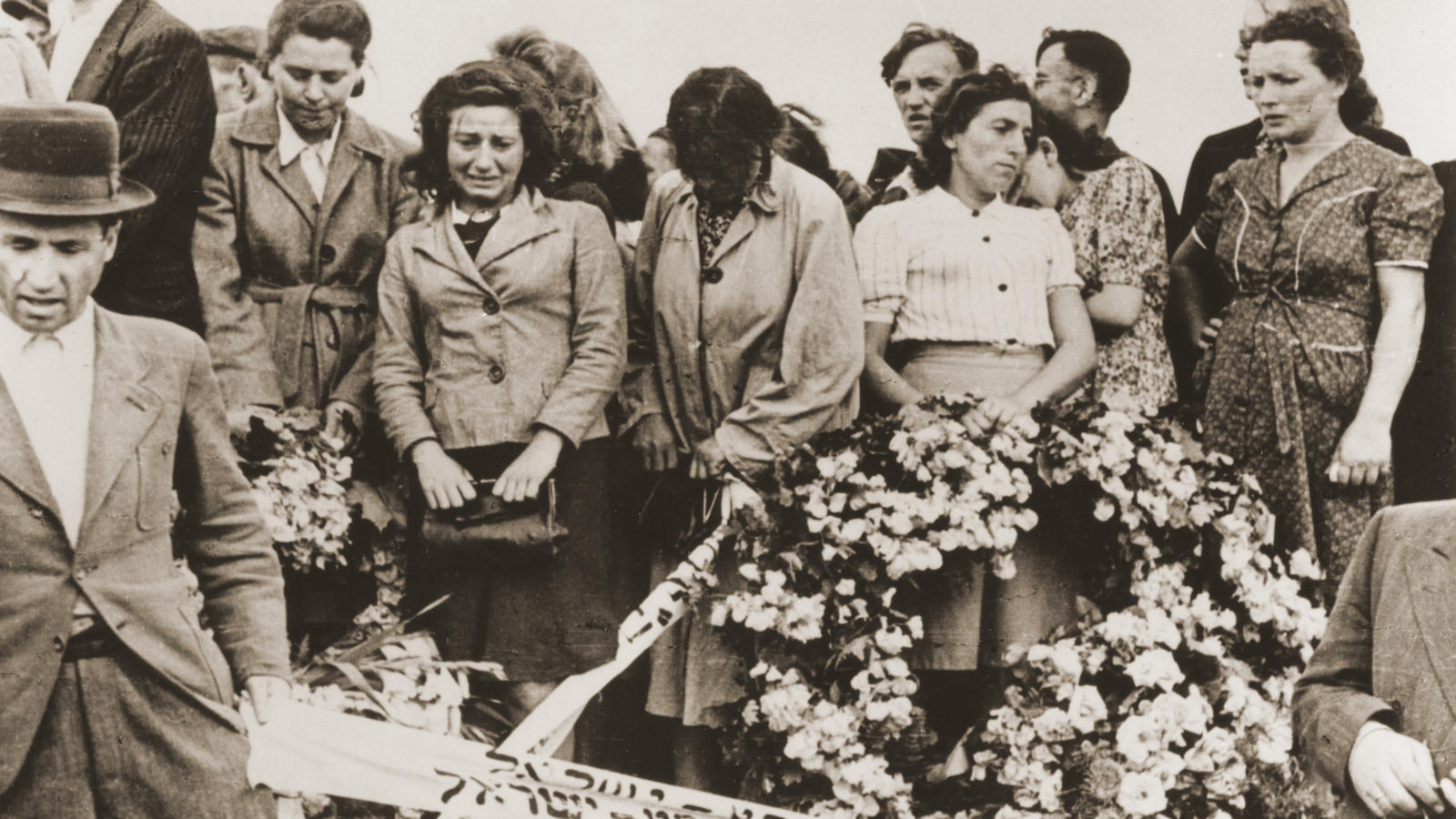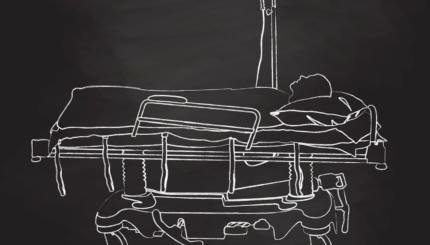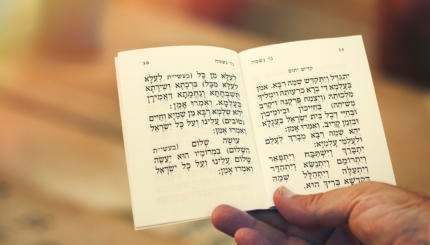When the hearse reaches the cemetery, the family members and friends again carry or roll the casket to the gravesite, pausing several times on the way, probably as a sign of grief.
The rabbi usually walks ahead reciting Psalm 91, which speaks of God’s sheltering presence; all others follow the casket. After it is lowered into the ground, friends and relatives help shovel earth, either filling the grave completely or just covering the coffin.
At this time, tzidduk hadin, a justification of the divine decree, is read. The mourners then recite the “burial ” (Shulhan Arukh, Yoreh Deah, 376:4). This special Kaddish has a long opening paragraph that talks about a time in the future when God will resurrect the dead, rebuild the city of Jerusalem and His Temple, and establish His kingdom in the entire world.
Burial, and particularly the act of shoveling the earth into the grave, brings closure. Up until this point it is hard for a mourner to deal with her feelings because the body has not yet been laid to rest, but from this point on she can confront her emotions. It now becomes possible to extend words of comfort to the bereaved family.

Help us keep Jewish knowledge accessible to millions of people around the world.
Your donation to My Jewish Learning fuels endless journeys of Jewish discovery. With your help, My Jewish Learning can continue to provide nonstop opportunities for learning, connection and growth.
Friends form two parallel lines through which the mourners pass and receive condolences as they walk from the gravesite back to the hearse. The family then returns to the place where it will sit shiva [a seven-day intensive period of mourning], usually the home of the deceased. It is customary, before entering the home, to pour water over one’s hands (376:4), a practice reminiscent of Temple times when ritual cleanness and uncleanness was a significant factor in Jewish life and water functioned as a cleansing agent for corpse-induced defilement.
Excerpted with permission from “Death and Mourning: A Time for Weeping, A Time for Healing,” in Celebration and Renewal: Rites of Passage in Judaism, edited by Rela Mintz Geffen (Jewish Publication Society).
Sign up for a Journey Through Grief & Mourning: Whether you have lost a loved one recently or just want to learn the basics of Jewish mourning rituals, this 8-part email series will guide you through everything you need to know and help you feel supported and comforted at a difficult time.
Looking for a way to say Mourner’s Kaddish in a minyan? My Jewish Learning’s daily online minyan gives mourners and others an opportunity to say Kaddish in community and learn from leading rabbis.




